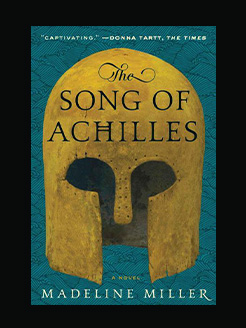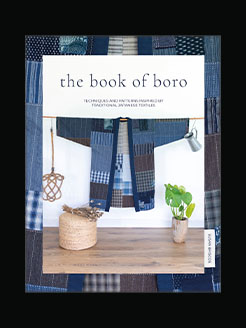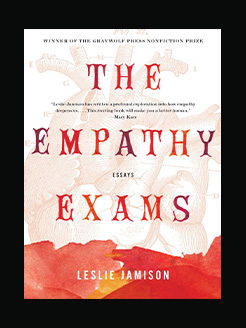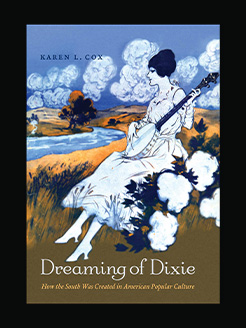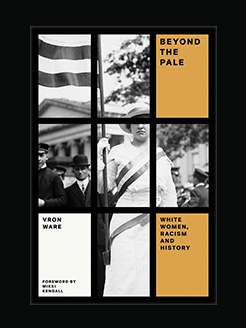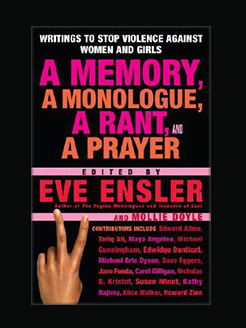Published in 2019
350 pages
Philinda Masters was the editor of Broadside: A Feminist Review from 1979 to 1989 and editor of Resources for Feminist Research at the Ontario Institute for Studies in Education from 1987 to 2011. She has been a feminist activist since the early 1970s, when she worked at Toronto’s women’s center. Philinda lives in Toronto, Ontario.
What is this book about?
Broadside: A Feminist Review was a groundbreaking Canadian feminist newspaper that was published between 1979 and 1989. When Broadside first appeared, the women’s movement was becoming a vital political force across Canada, and feminist journalism thrived within the context of a burgeoning social movement. While Broadside paid attention to everything from feminists making art to street activism, during the decade it flourished it also covered mainstream culture, pop culture, peacemaking and other issues not necessarily connected to what was considered feminism at the time.
At the same time, Broadside helped reinvent journalism to make room for a feminist voice. It uncovered the work of female artists who otherwise would never have been given much attention, and it developed challenging and risky new ideas, all the while participating in the day-to-day organizing of a grassroots movement. Broadside came into being at a time when the women’s movement was peaking and books, newspapers and magazines had become essential for spreading feminism’s groundbreaking ideas. It practiced advocacy journalism, promoted feminist events and eventually became a written history of the women’s movement.
Inside Broadside looks at the impact of Broadside on the lives of both the women who participated in its creation and the women who read one or all of the ninety-six issues that were produced over the decade. The book explores the issues and events, the conflicts and controversies, and the debates and discoveries of feminist theory and activism that formed the context and content of that most exciting decade, the 1980s, and of the newspaper itself.

